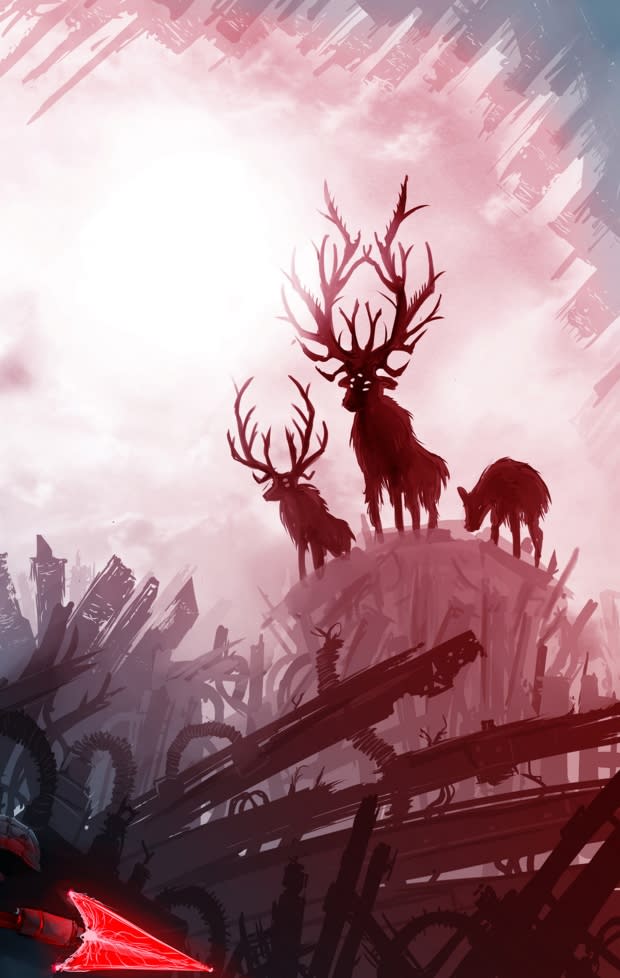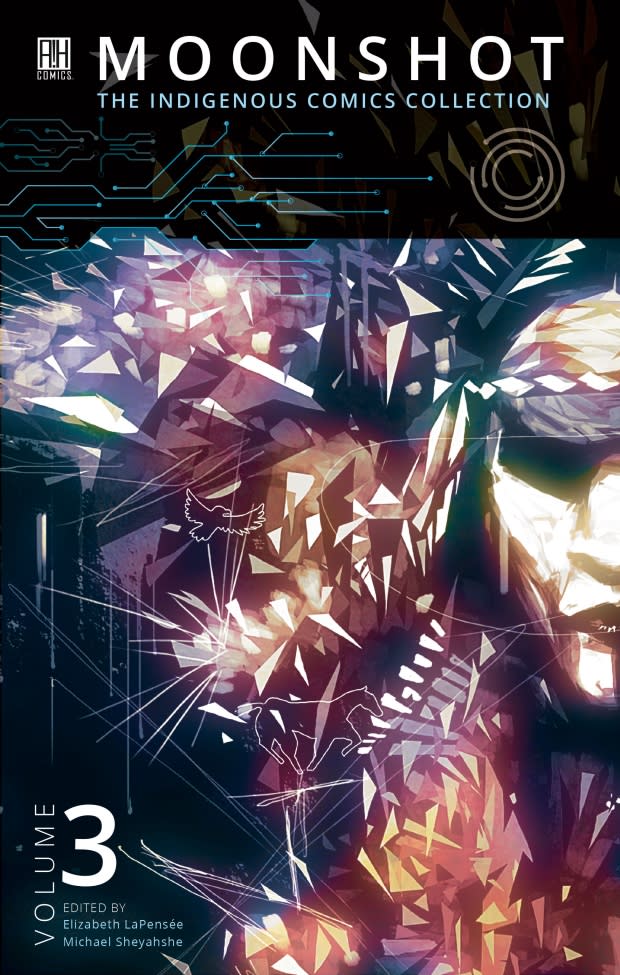Space travel and parallel dimensions: Popular comic series does all-Indigenous futurisms volume
Stories focused on the theme of Indigenous Futurisms will make up the third instalment of the award-winning comic collection series, Moonshot.
The collection will feature 15 stories by North American Indigenous authors and artists.
"We have always told stories which are very visual, that's a component of the storytelling practices and so comics are a very natural fit for portraying our stories," said Beth LaPensée.
LaPensée is Anishinaabe, Métis and Irish from Baawaating and is an editor on the collection. Her mother, Grace Dillon, coined the term Indigenous futurisms.
Indigenous Futurisms is a method of storytelling that looks to the past in order to inform the present and future realities.

This is the third volume of the Moonshot series but the first time that an all-Indigenous writing and illustrating team has been used. LaPensée said it's because there has been an increase in visibility of people who are Indigenous working in the comic industry.
"We're in a new place where there's actually enough of a community of people that it's actually hard to fit everyone into a book now," she said.
Honouring Indigenous cultures
While Indigenous futurisms might seem like a new genre to some readers, writers and artists working on the collection maintain that it has been an aspect of Indigenous life and storytelling for a long time.
"We've always been here but now we have more attention," said Michael Sheyahshe who is a Caddo artist, author and an editor on Moonshot vol. 3.

"Whatever the timeline, it's celebrating and honouring that particular culture," he said.
The new collection promises storylines featuring space and time travel, parallel dimensions, advanced technology, post-apocalyptic settings, robots and aliens.
It's a departure from western literature where Indigenous people, when represented, often appear as being part of the past.
Kyle Charles, a contributing illustrator who also works with at-risk youth, said Indigenous futurism provides a vision where readers can see Indigenous people and cultures existing in the future.
"It's important for Indigenous people to see a future for ourselves and especially for youth," said Charles.
"I think something that a lot of our communities don't have is just thought of tomorrow."
'What's going to happen next'
Richard Van Camp, a Tłı̨chǫ writer from Fort Smith, N.W.T., is a contributing author on Moonshot vol. 3.
"The beauty of Moonshot is that you have eight pages to tell the story and really celebrate your nation and your culture and your practices and your language so that all future generations can have it," he said.

"I think that Indigenous futurism is really a metaphor that we know who we are and we're excited for what's going to happen next."
Moonshot vol. 3 has been funded through a crowd-sourced Kickstarter campaign and is expected to be released in summer 2019.


